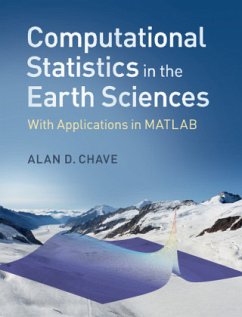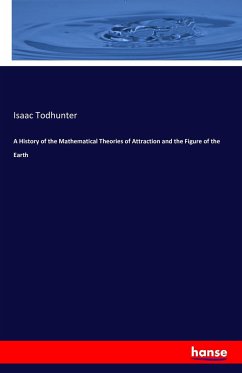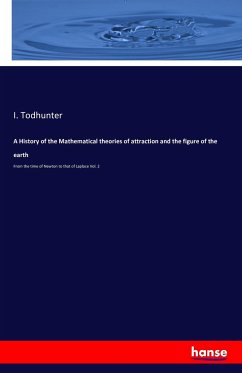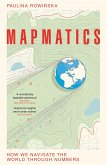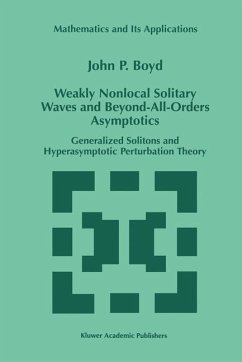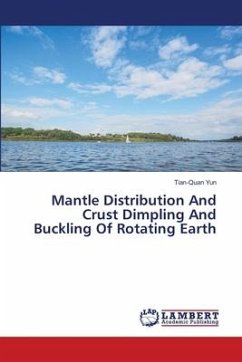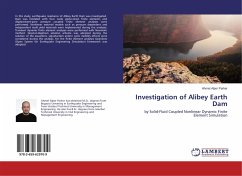Based on a course taught by the author, this book combines the theoretical underpinnings of statistics with the practical analysis of Earth sciences data using MATLAB. The book is organized to introduce the underlying concepts, and then extends these to the data, covering methods that are most applicable to Earth sciences. Topics include classical parametric estimation and hypothesis testing, and more advanced least squares-based, nonparametric, and resampling estimators. Multivariate data analysis, not often encountered in introductory texts, is presented later in the book, and compositional data is treated at the end. Datasets and bespoke MATLAB scripts used in the book are available online, as well as additional datasets and suggested questions for use by instructors. Aimed at entering graduate students and practicing researchers in the Earth and ocean sciences, this book is ideal for those who want to learn how to analyse data using MATLAB in a statistically-rigorous manner.
Hinweis: Dieser Artikel kann nur an eine deutsche Lieferadresse ausgeliefert werden.
Hinweis: Dieser Artikel kann nur an eine deutsche Lieferadresse ausgeliefert werden.
'One of the main strengths of this book is the combination of mathematical rigor with extensive examples, allowing readers to work through case studies to better understand the concepts presented. The tool used for this purpose is MATLAB, which is widely used in the earth science community. Examples are drawn from geophysics, astrophysics, and anthropology (among others). Both the scripts and the data examples used in the book are available for download from the publisher's website. ... This book is an ideal guide for graduate students seeking a comprehensive and rigorous understanding of statistical methods in earth sciences. For the more mature earth scientist (and I include myself in that number), it provides a useful reference to widely used statistical concepts that many of us regularly encounter.' Lucy MacGregor, The Leading Edge

